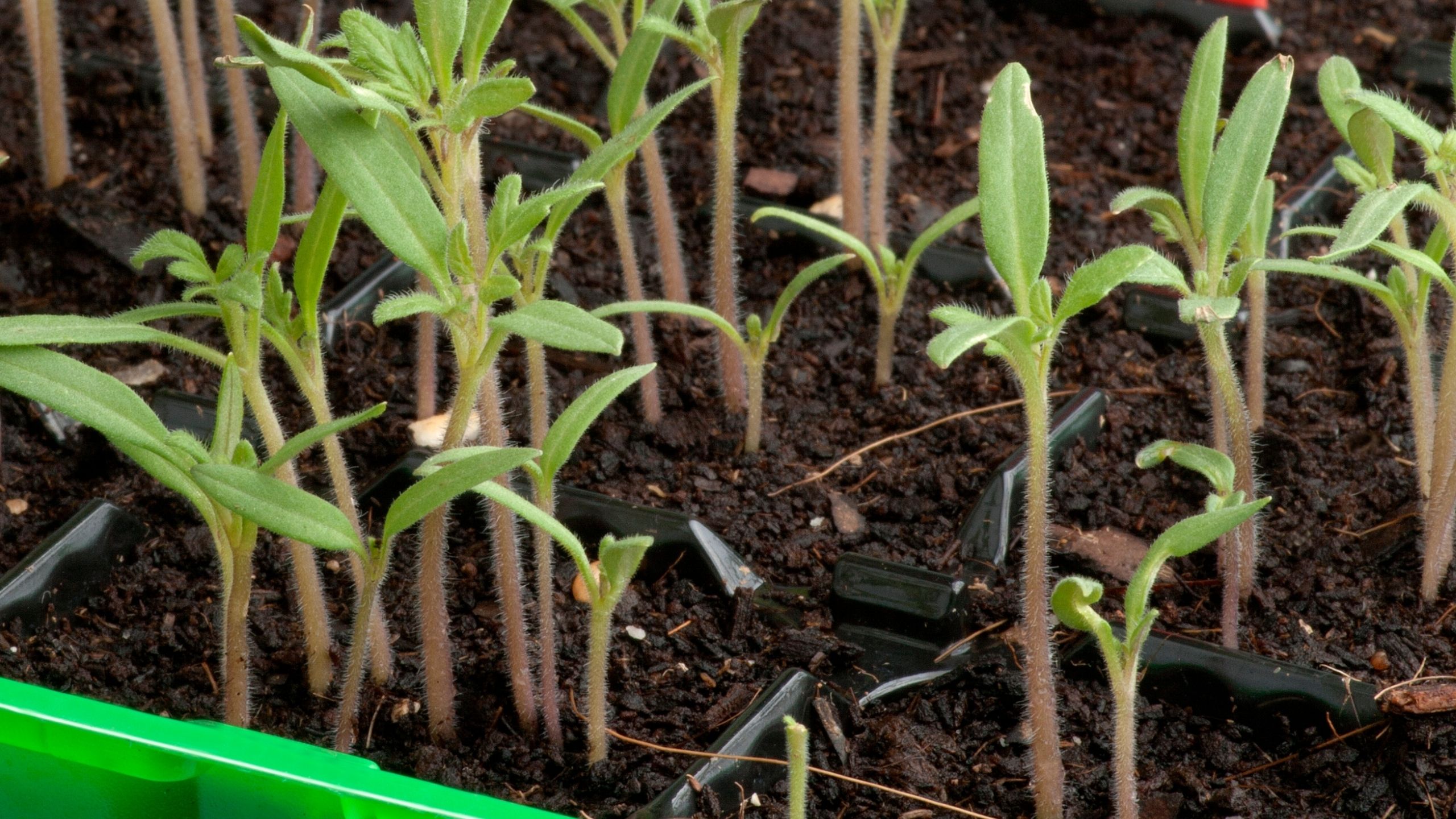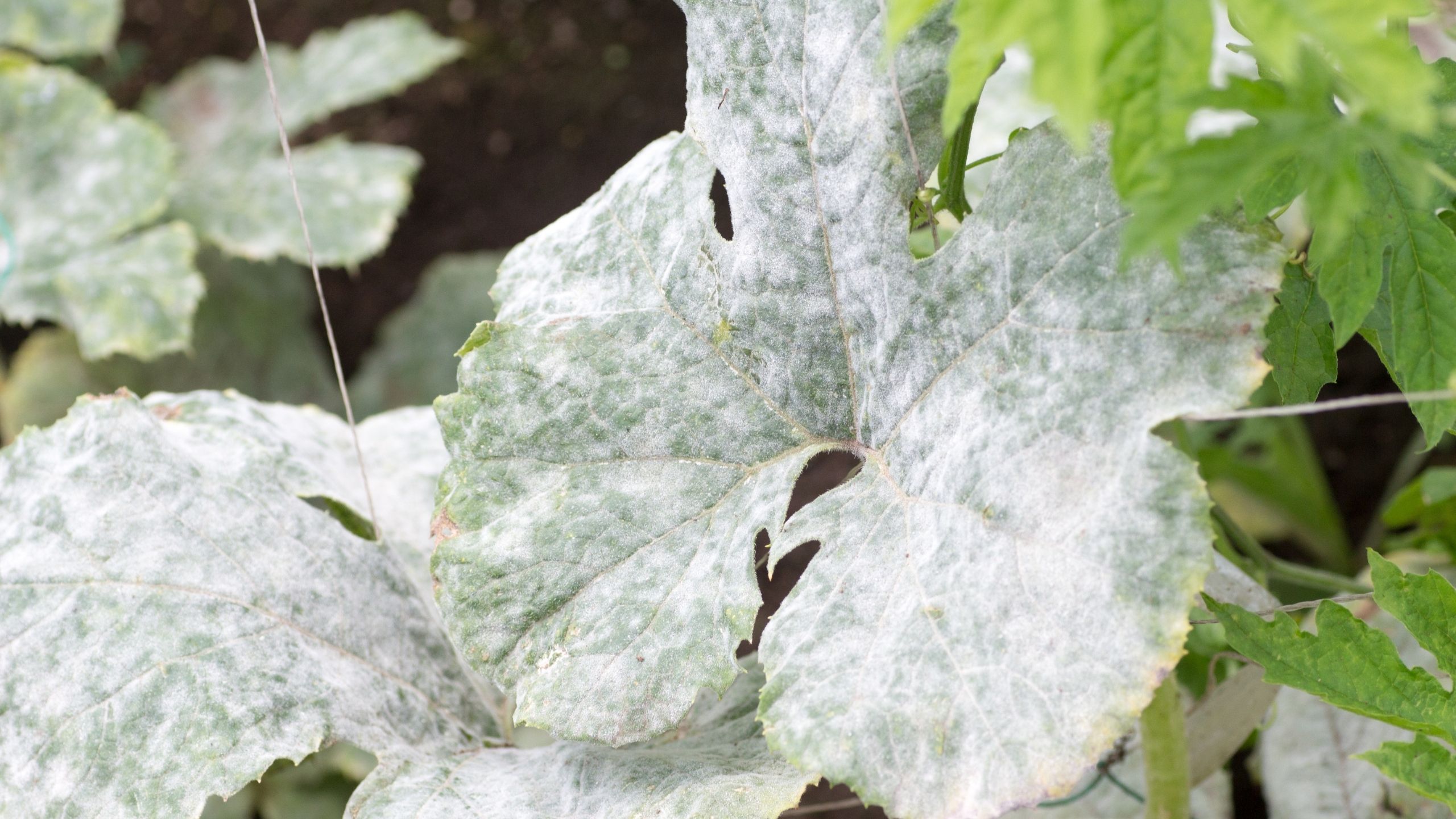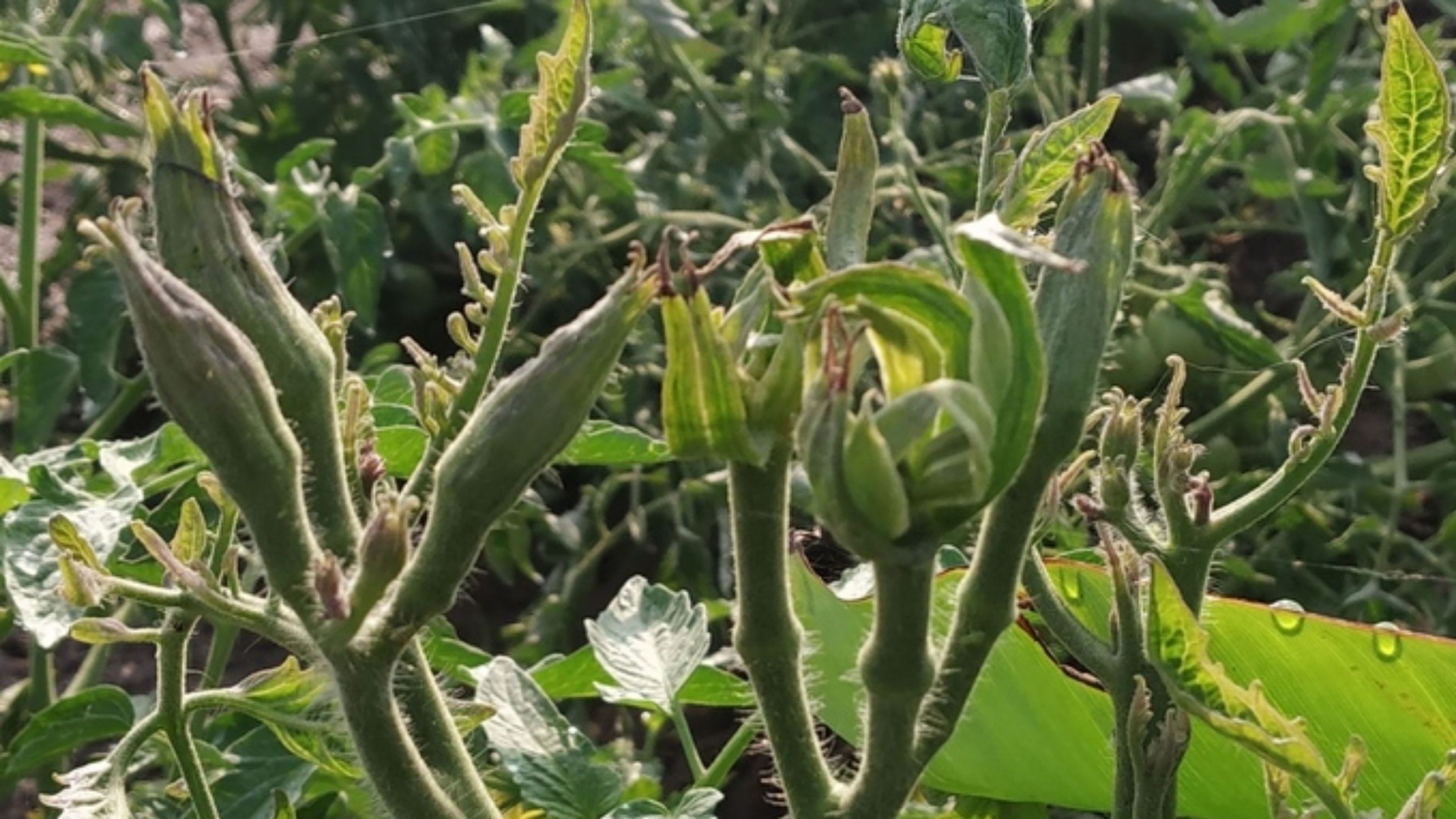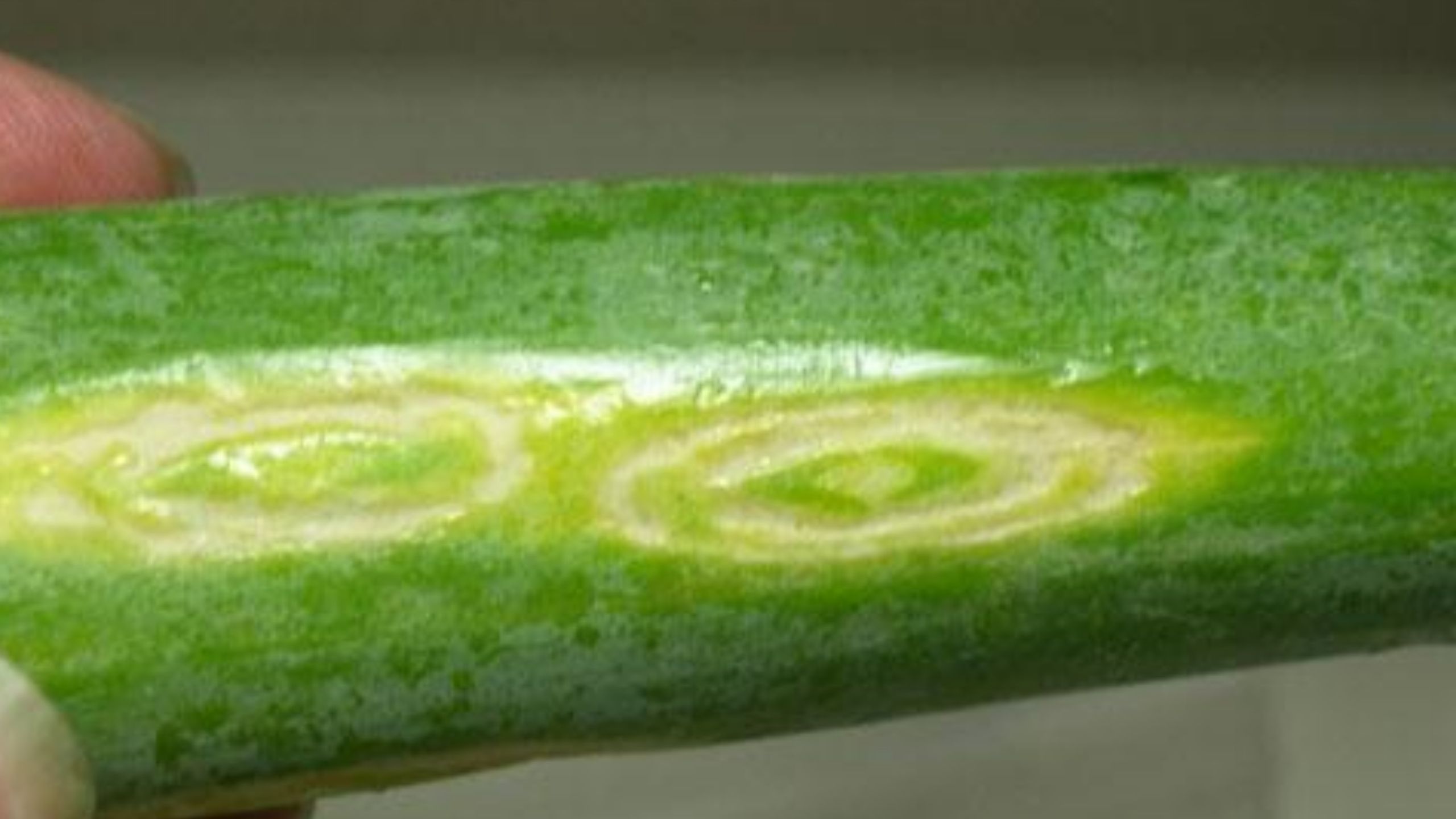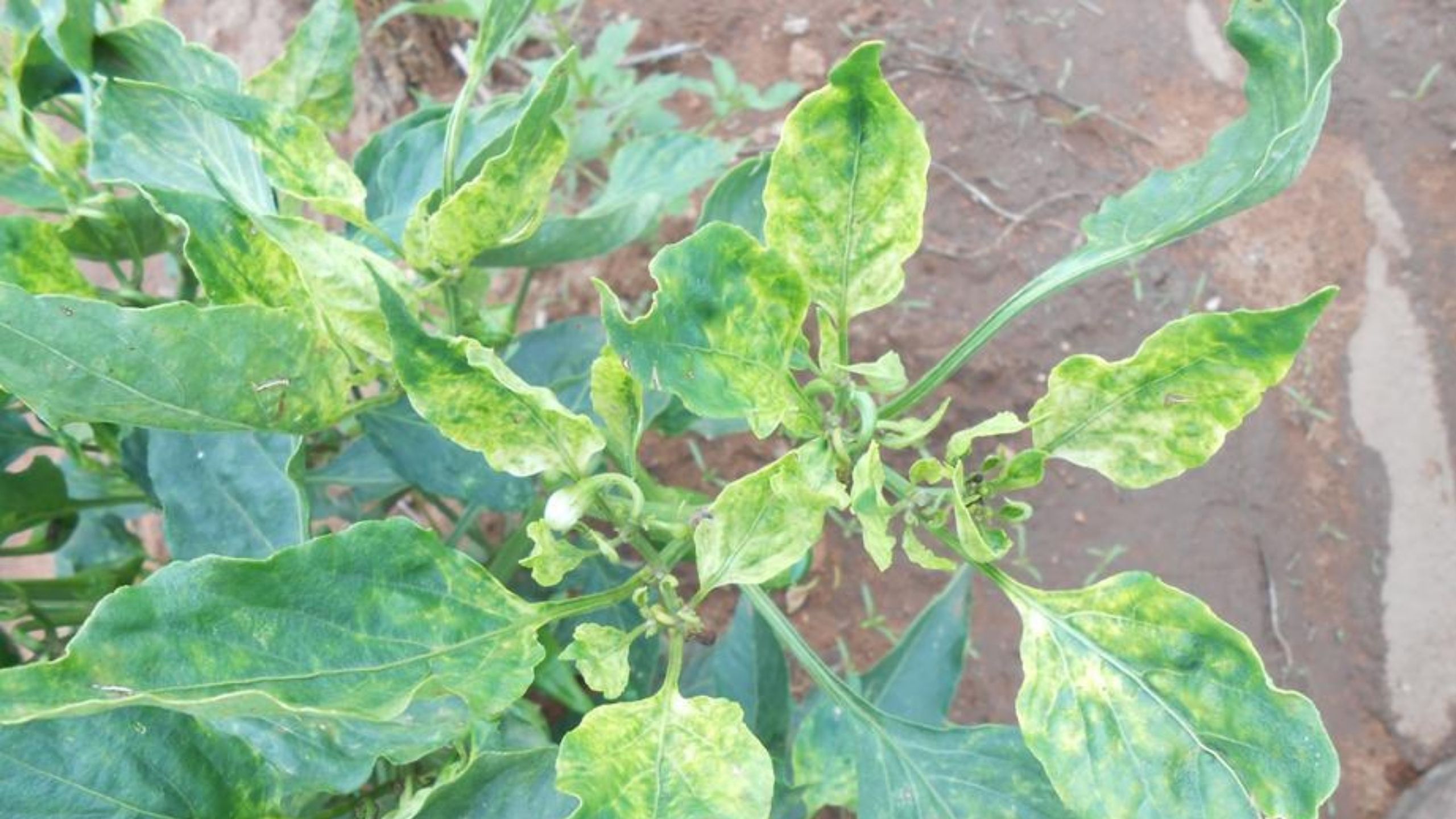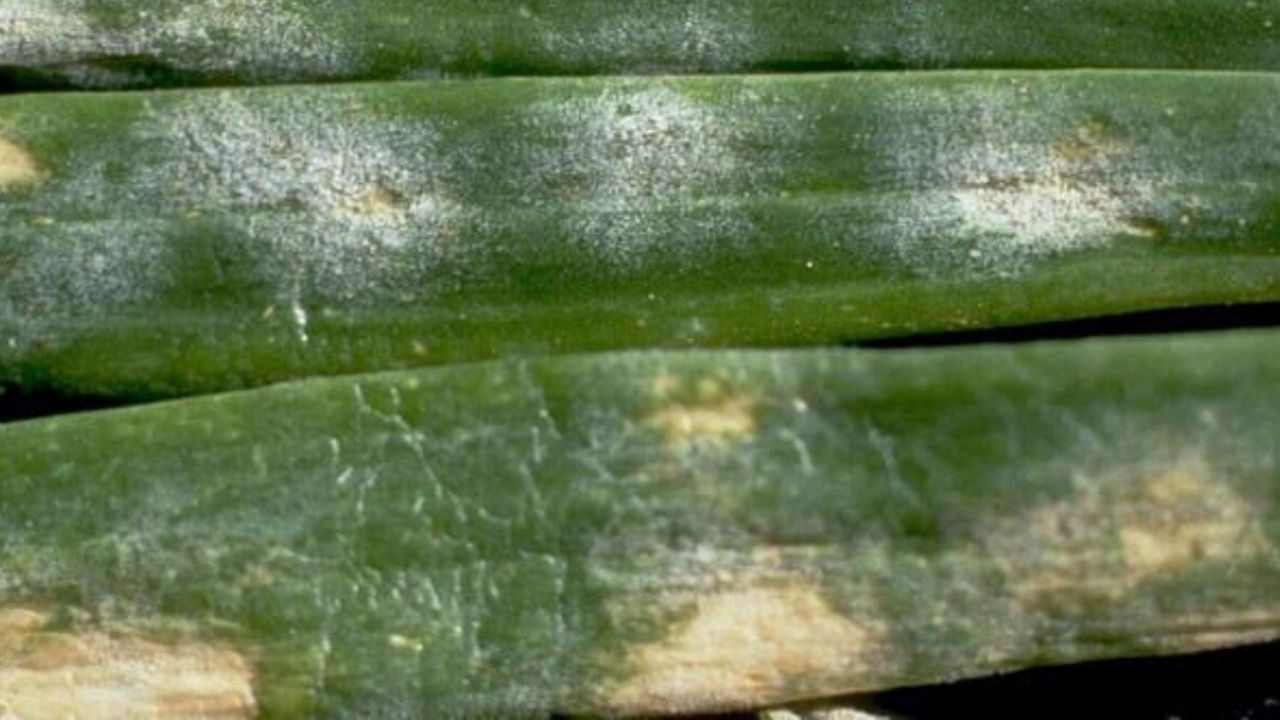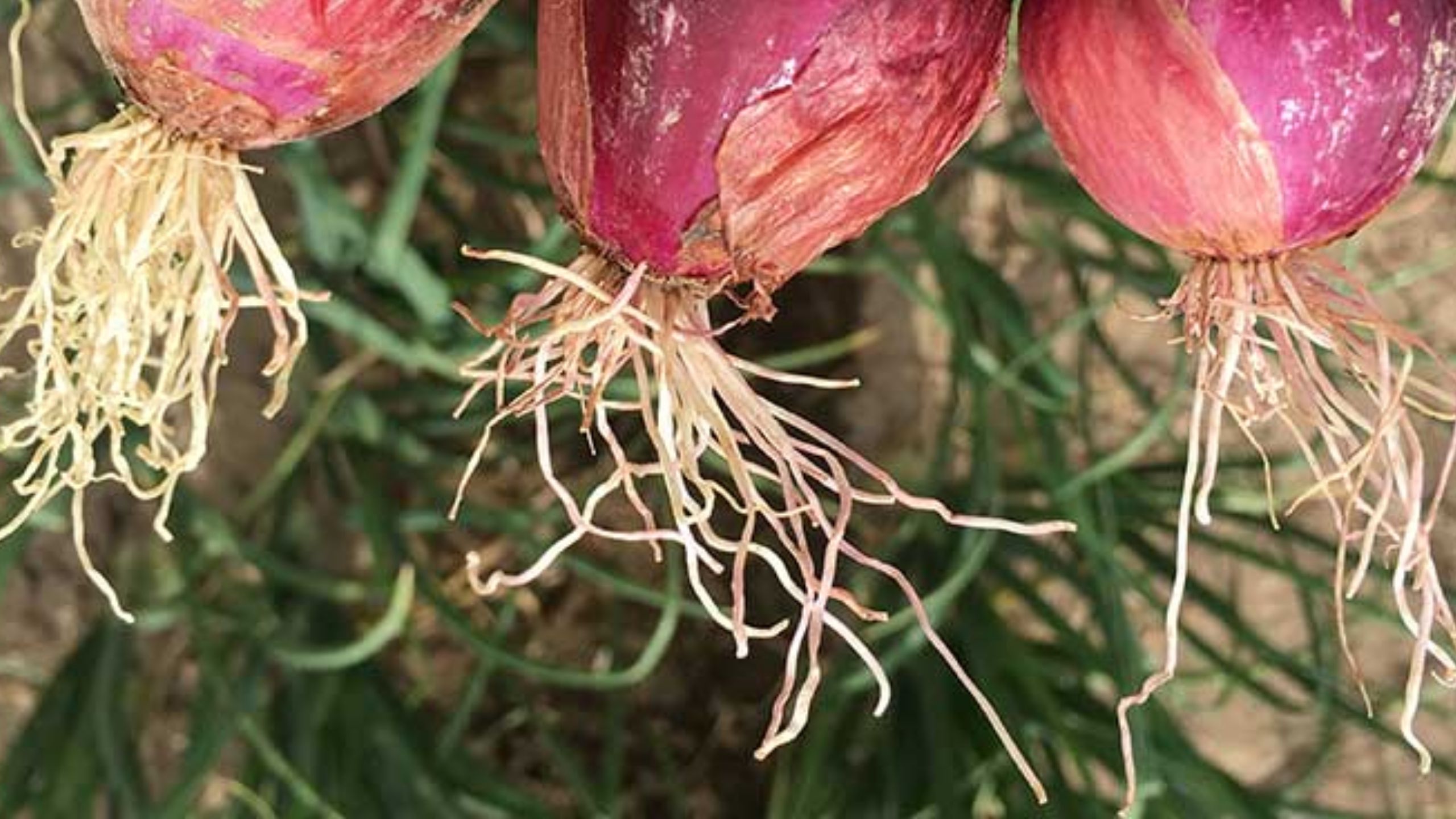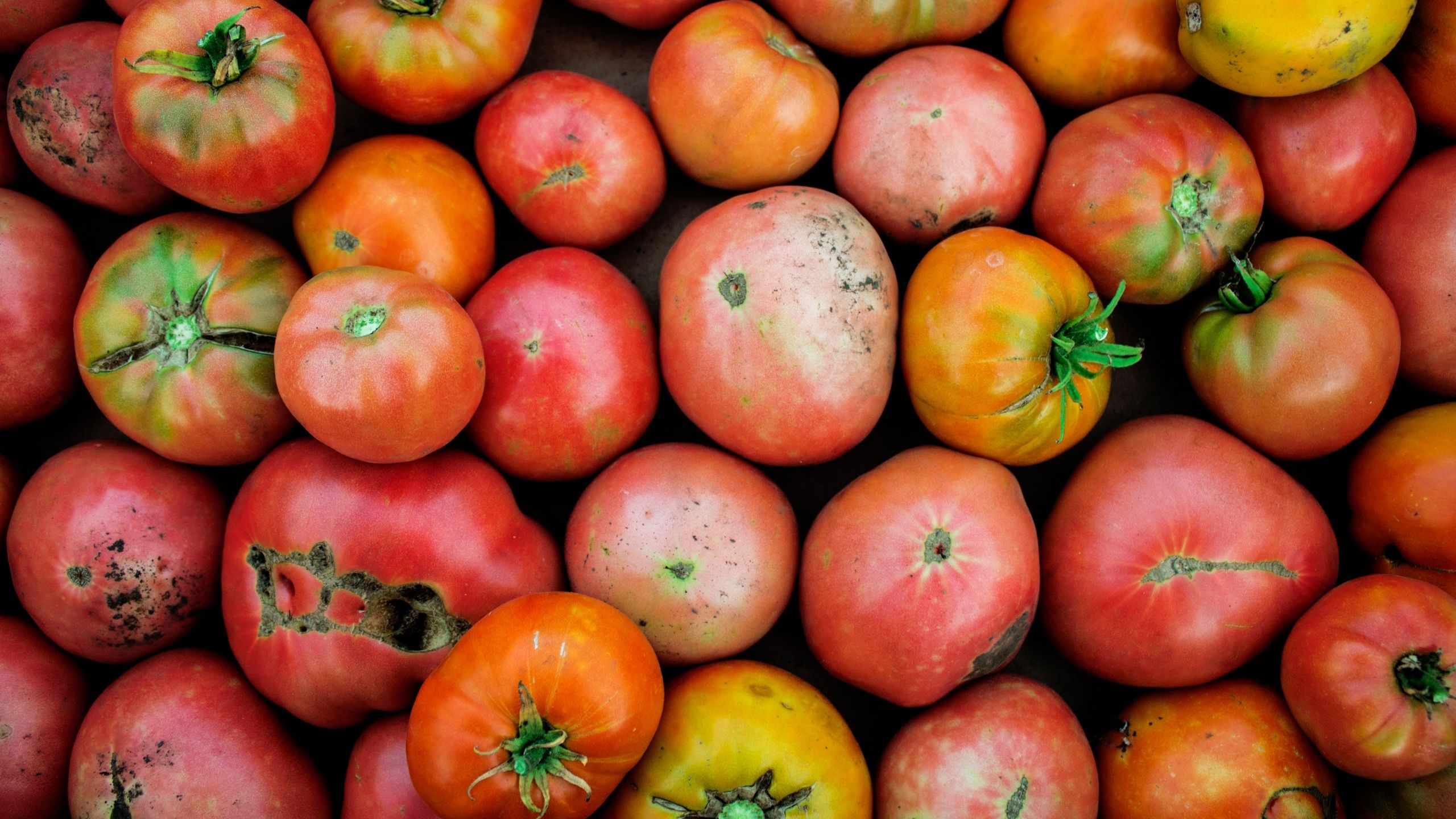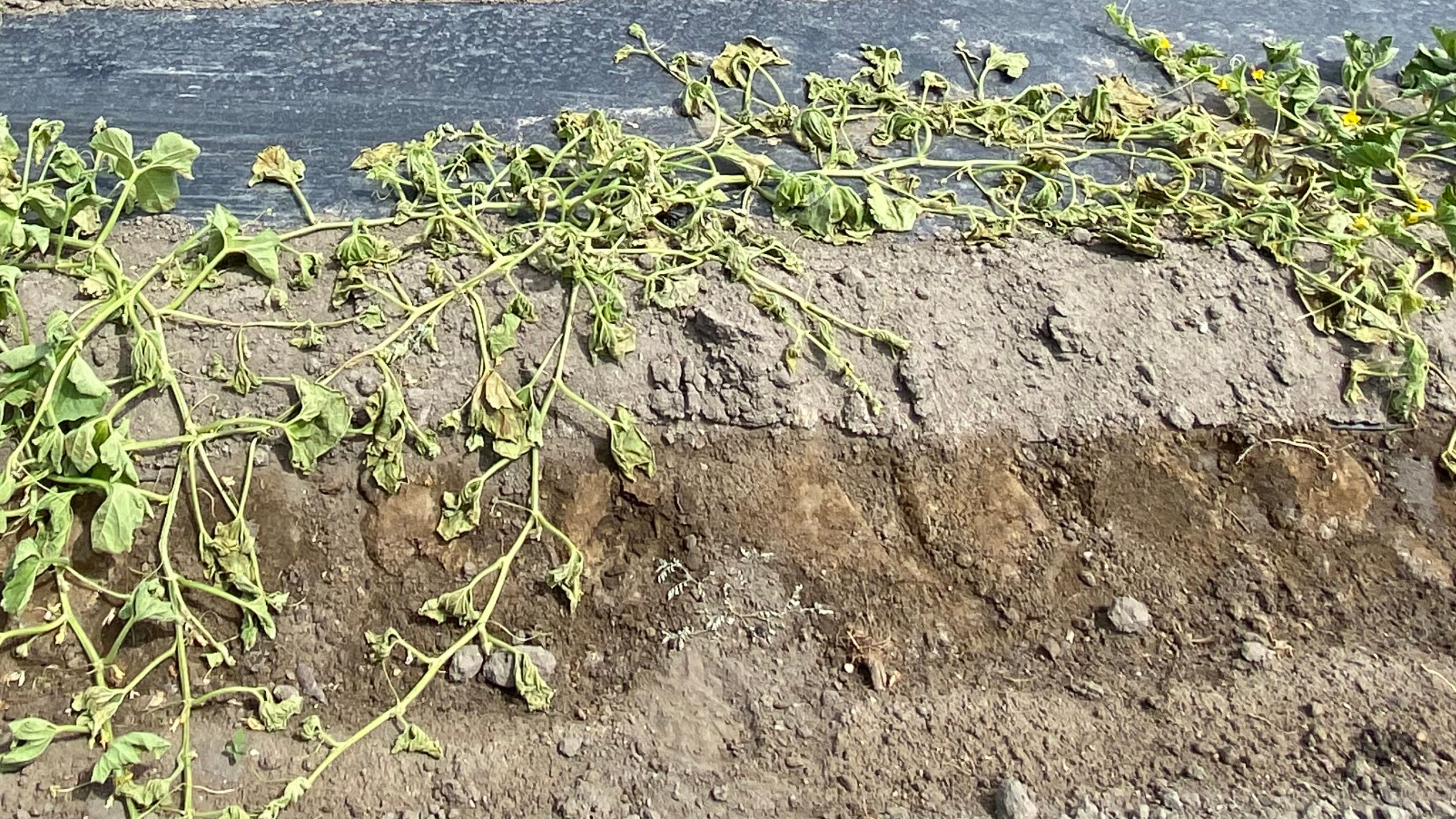Tomato Spotted Wilt Virus of Tomato & Pepper
November 2019
Claudia Nischwitz, Extension Plant Pathologist • Mariah Noorlander, Research Assistant • Mary Ann Hubell, Research Assistant
Quick Facts
- In Utah, Tomato spotted wilt virus commonly affects tomatoes, peppers, and tomatillos.
- This virus is transmitted by Western flower thrips.
- Present in the farmscape in some areas of Utah, otherwise introduced on transplants.
- TSMV cannot be controlled with pesticides.
In Utah, Tomato spotted wilt virus (TSWV) most commonly affects tomatoes, peppers and tomatillos. It has also been found in ornamental plants such as blanket fl ower (Gaillardia sp.), and zinnia and weeds. TSWV has become more prevalent in Utah in recent years. This virus is transmitted by western fl ower thrips (Frankliniella occidentalis), which are very small yellow/brown insects measuring less than 1 millimeter in size. TSWV can also be spread by onion thrips.
Symptoms
Symptoms of TSWV vary according to the type of plant, and the time the plant was infected. If tomato and pepper plants are infected early in the growing season, the plant can wilt and die, starting from the top and continuing to the bottom of the plant.
In tomato plants, symptoms on the leaves consist of small brown or necrotic spots. Brown ringspots can appear on immature, green fruit. Ringspots and a calico pattern can also be seen on ripe tomato fruit in red, orange and yellow colors.
Symptoms of TSWV in pepper plants are very similar to tomato plants in that the fruit can display ringspots or calico patterns appearing from green to red. Symptoms of the pepper foliage consist of chlorotic ringspot patterns. Weeds usually do not show symptoms of TSWV.
Disease Cycle
TSWV is transmitted by western fl ower thrips. The thrips acquire the virus when they are in the larval stage and are able to transmit it for the remainder of their lives. If an adult comes in contact with the virus, they can acquire it but are not able to transmit it. Plants become infected with TSWV once they are fed on by infected thrips. The virus is transmitted to the healthy plant tissue through the saliva of the thrips. Once a thrips has fed on a healthy plant, symptoms will begin to appear 7-10 days later. Usually, the virus spreads throughout the plant until the entire plant is infected with TSWV. There is no cure for infected plants and they should be removed to help prevent spread to uninfected, neighboring plants.

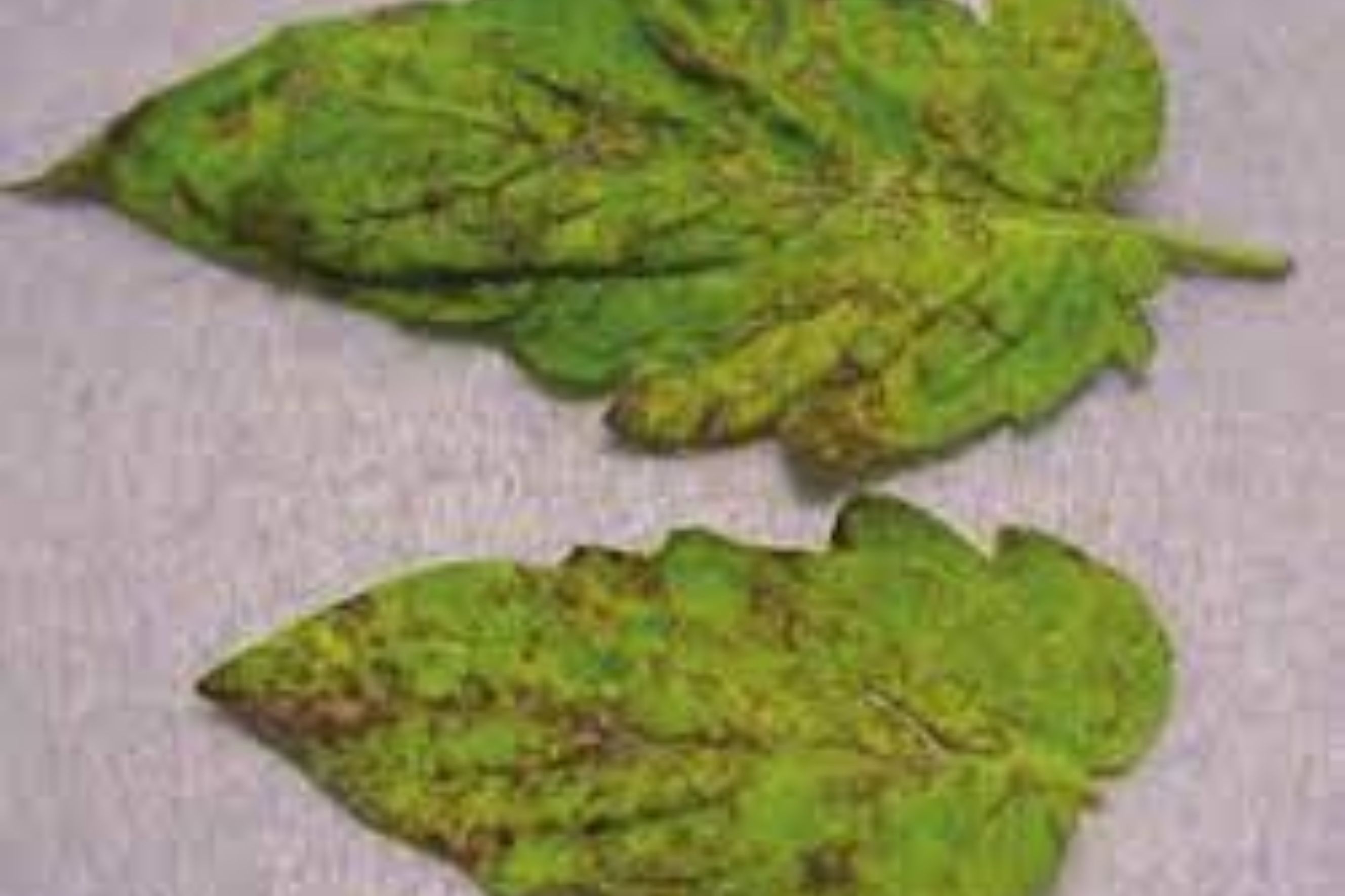
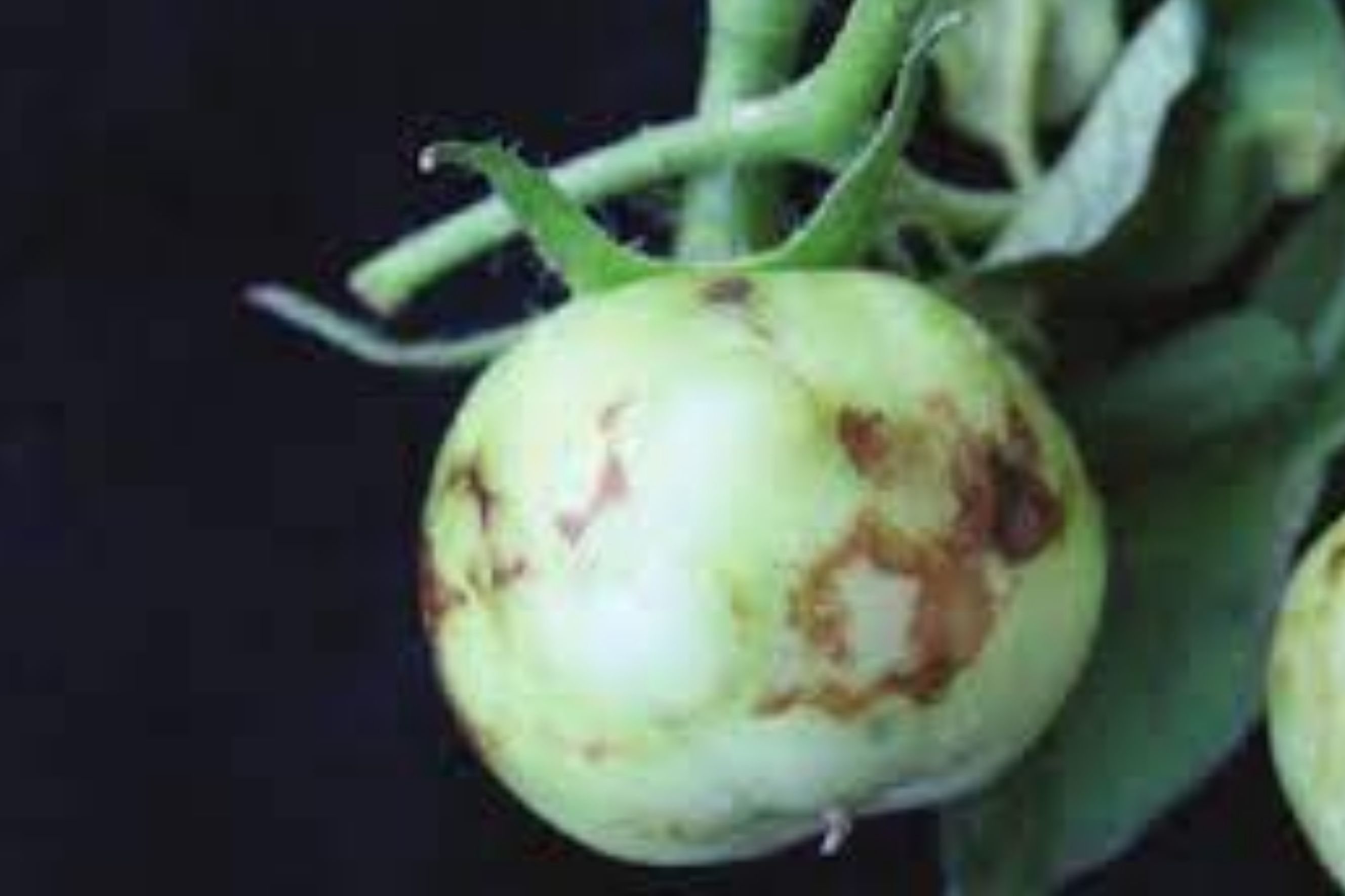
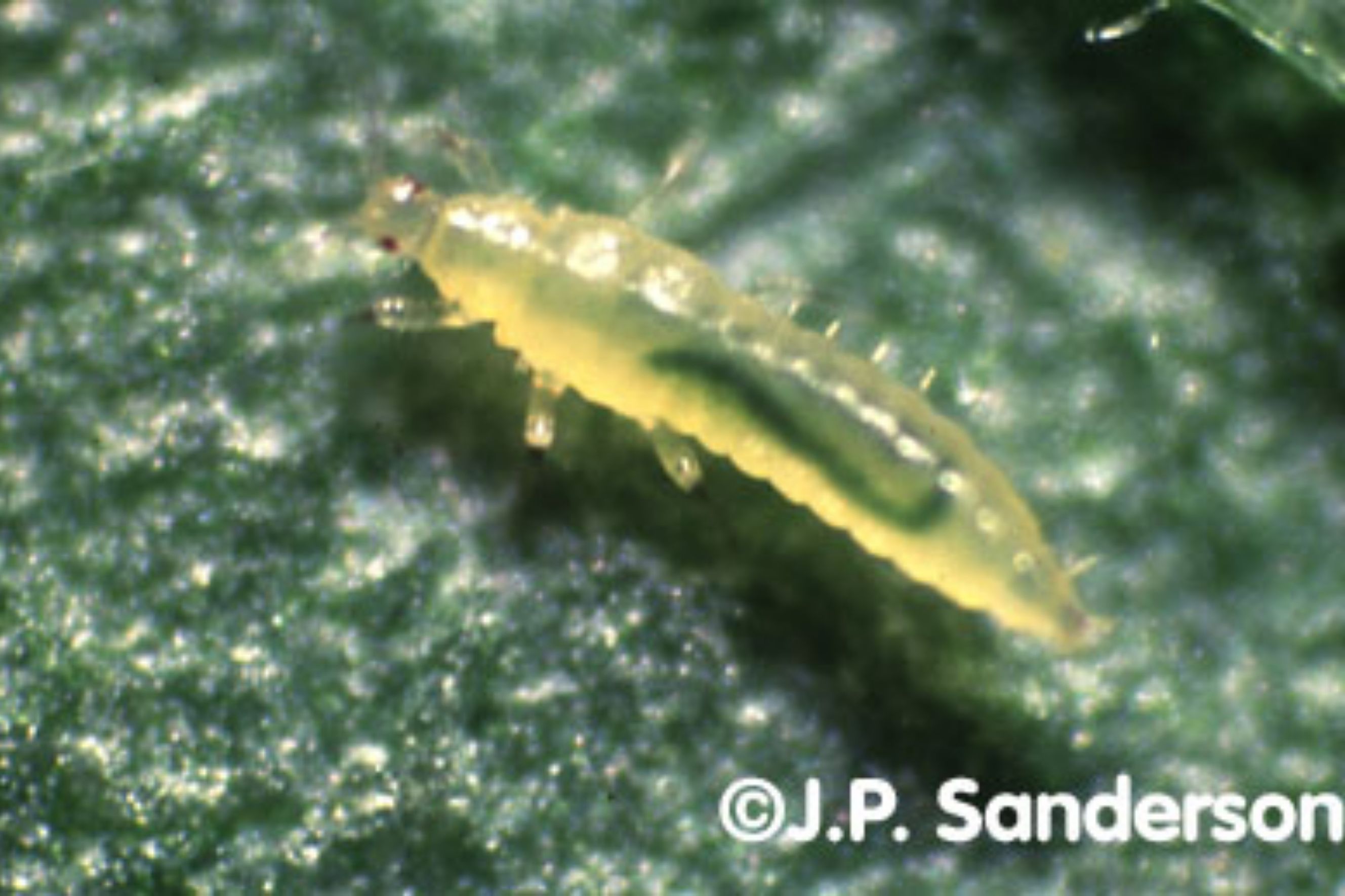
York.
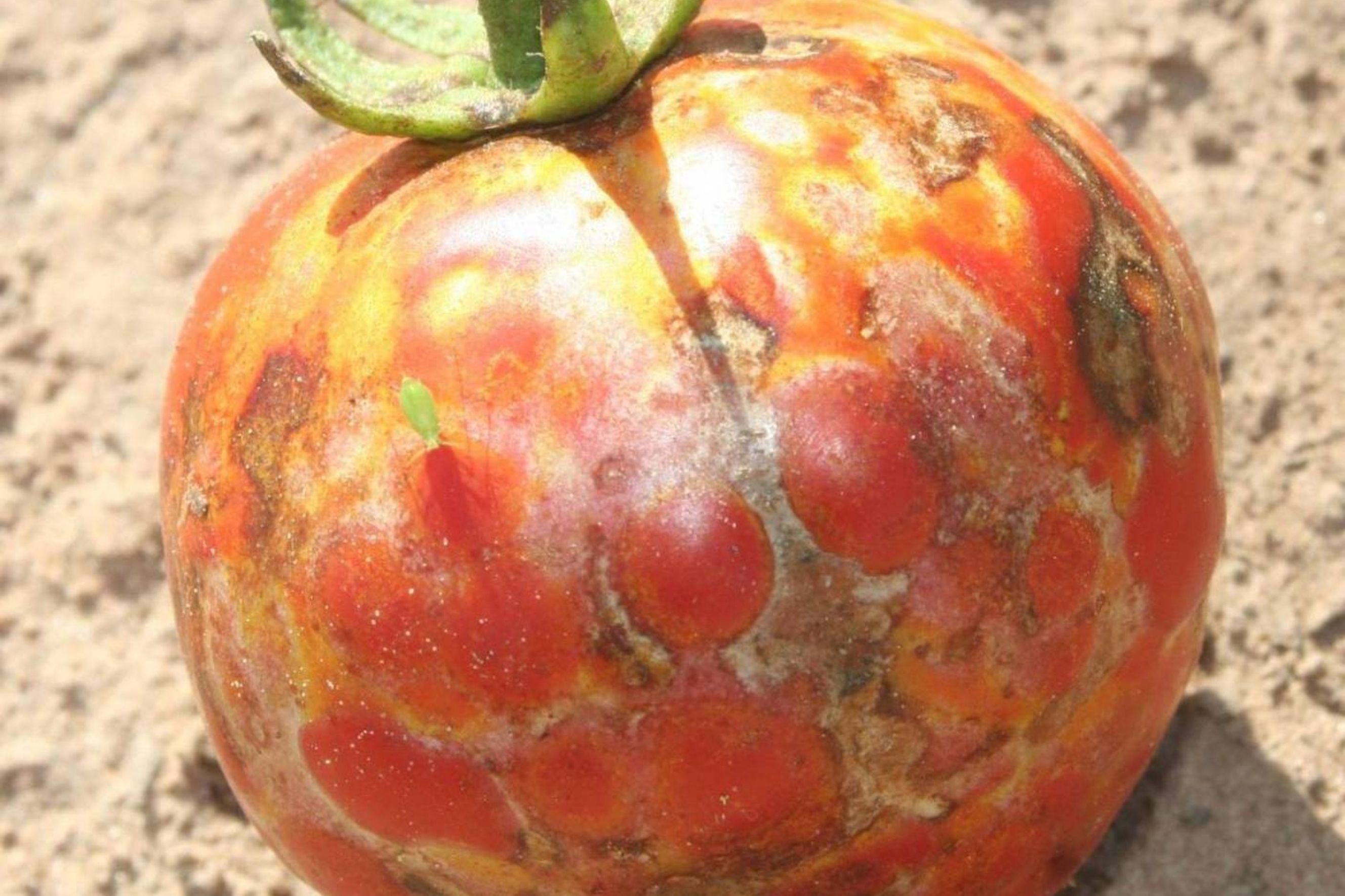
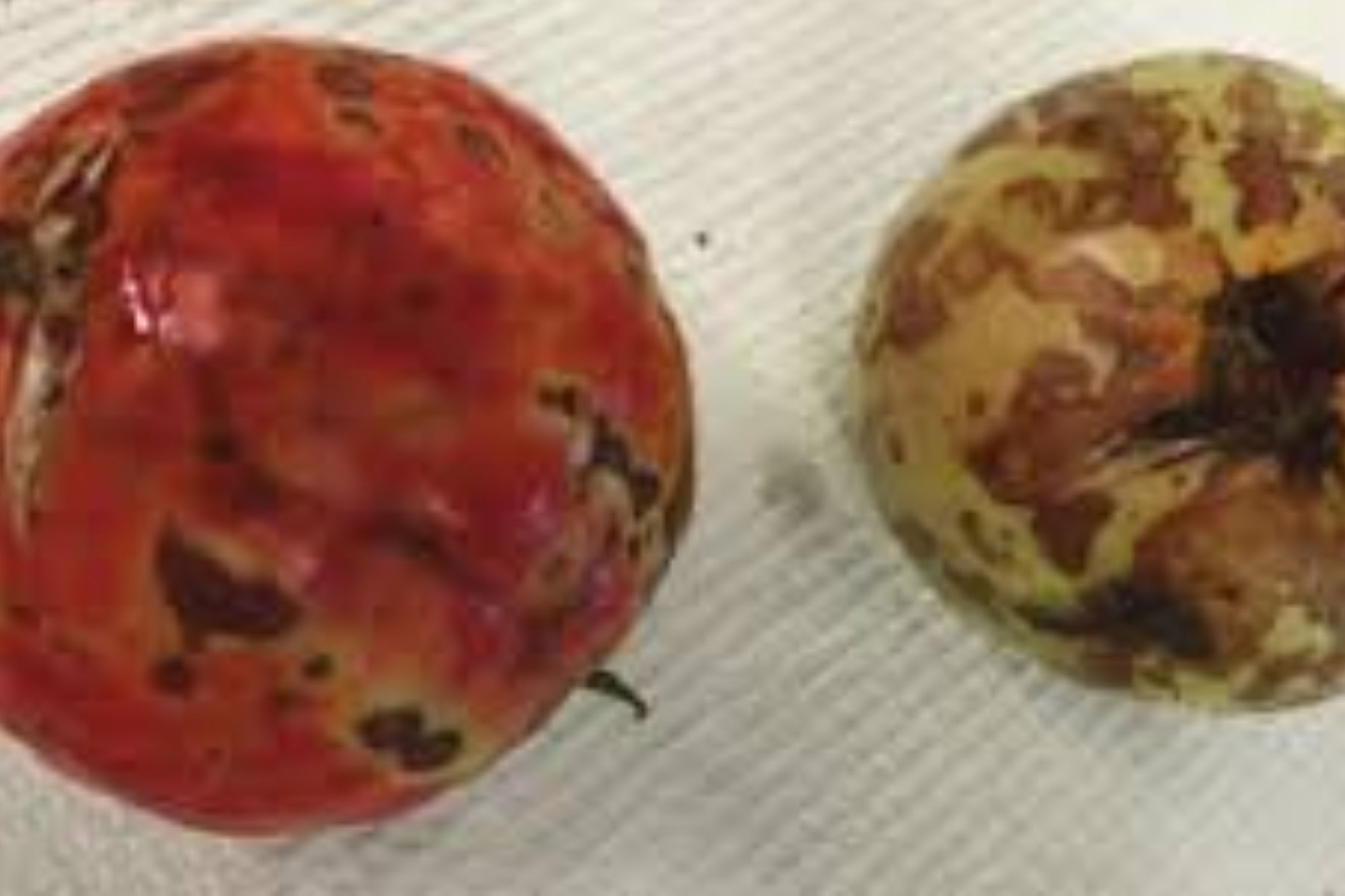

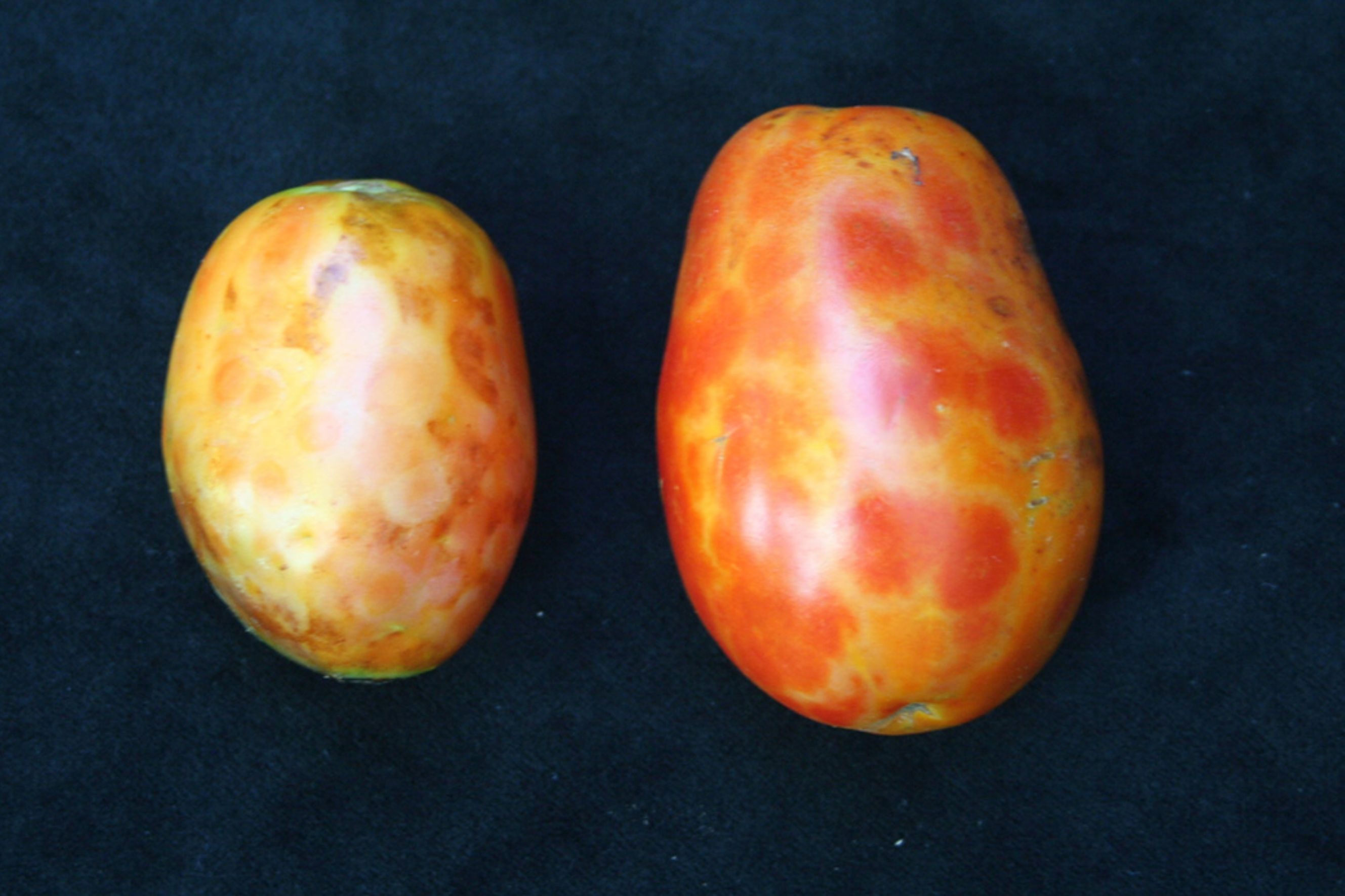
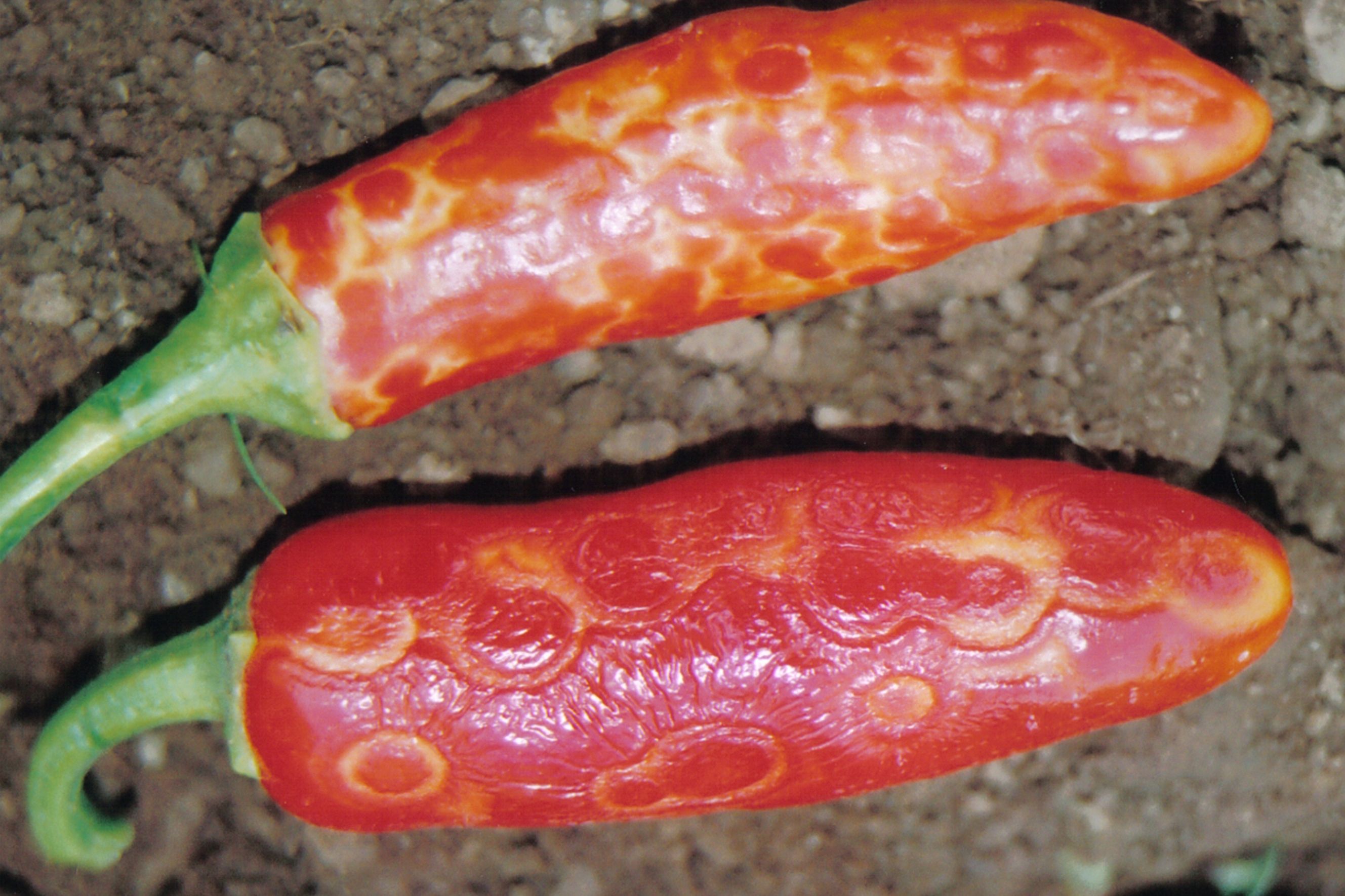
Management
- Control of Thrips: It is important to manage thrips early in the season before high populations develop. The most common way to control thrips spreading TSWV is with insecticides. Using insecticides can be challenging as thrips can build up resistance. Rotation between different chemistries is essential. Thrips may also escape insecticide applications due to their small size. They can hide in buds or other parts of the plants. Eggs are inserted into the leaf and may not be accessible to insecticides.
- Remove infected plants immediately: Infected plants cannot be cured and would only provide inoculum for further and new infections.
- Purchase and transplant of healthy plants: In some instances, vegetable transplants may have been exposed to TSWV if they were grown near infected weeds or other plants. It can be extremely hard to tell if young transplants have been exposed because they may not show symptoms. It is very important to ensure good weed and thrips control to lessen the possibility of infection.
- Use resistant varieties if available: Resistant tomato varieties include: ‘Crista’, ‘Plum Regal’, ‘Fletcher’, ‘Finishline’, ‘BHN 602’, ‘BHN 640’, ‘Picus’ and ‘Bella Rosa’. Many locations indicate there are no resistant pepper varieties; however, South Dakota State University suggests: ‘Declaration’, ‘Heritage’, ‘Magico’, and ‘Plato’. There are no known resistant tomatillo varieties.
- Weed control: Both thrips and TSWV can be found on weeds. As the thrips reproduce on these weeds, the number of infected thrips that can transfer the virus increases. To reduce the number of thrips and the chances of spreading TSWV, good weed control around the edges of fields and in gardens and landscapes is very important.
Important Weeds to Control in Utah

Also known as: Red-root amaranth, Redrooted pigweed, Common amaranth, Pigweed amaranth, and Common tumbleweed.
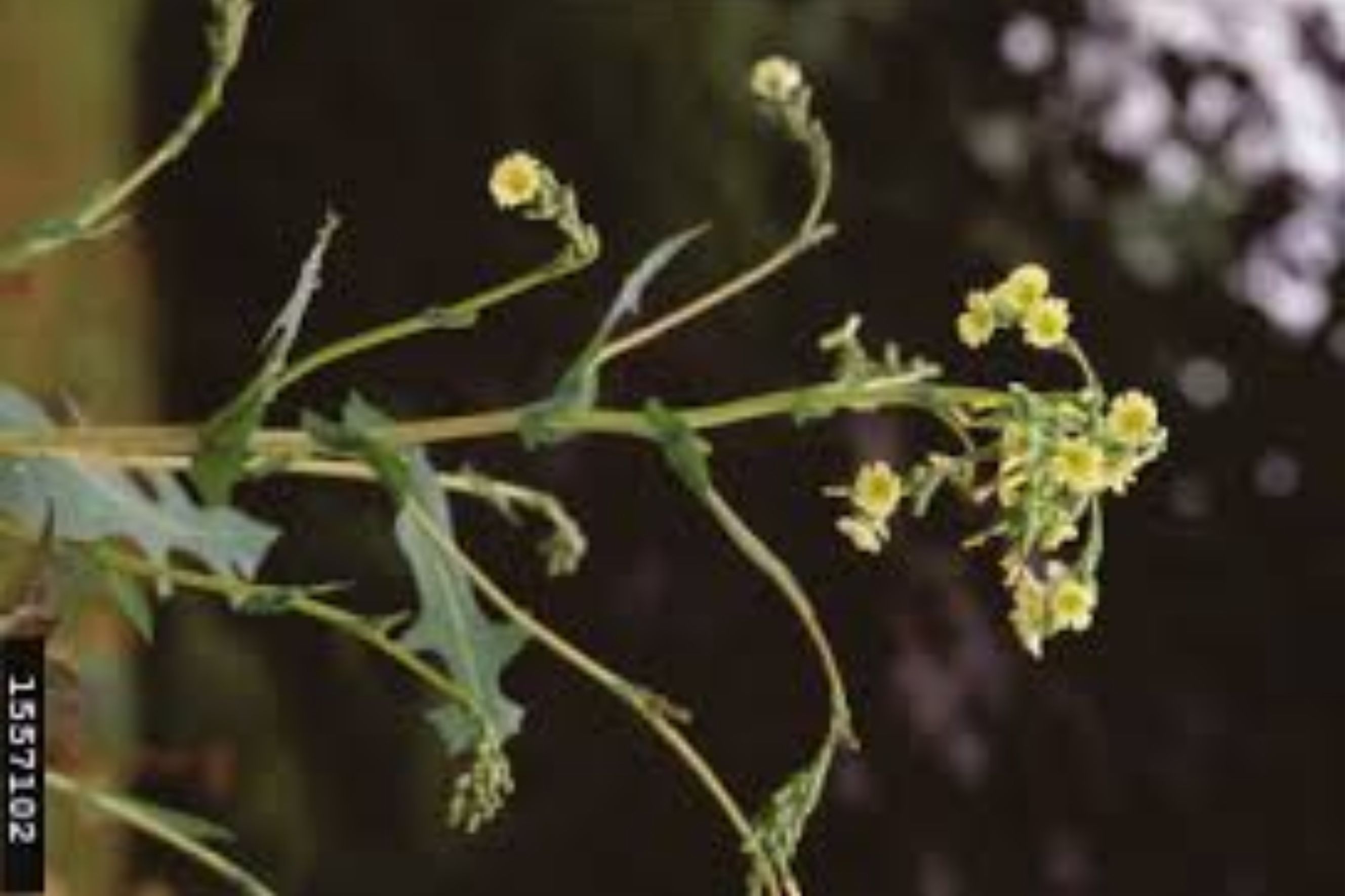
Also known as: China lettuce, Compass plant, Horse thistle, milk thistle, Wild lettuce, and Wild opium. Image courtesy of Ohio State Weed Lab, Ohio State University,
Bugwood.org.
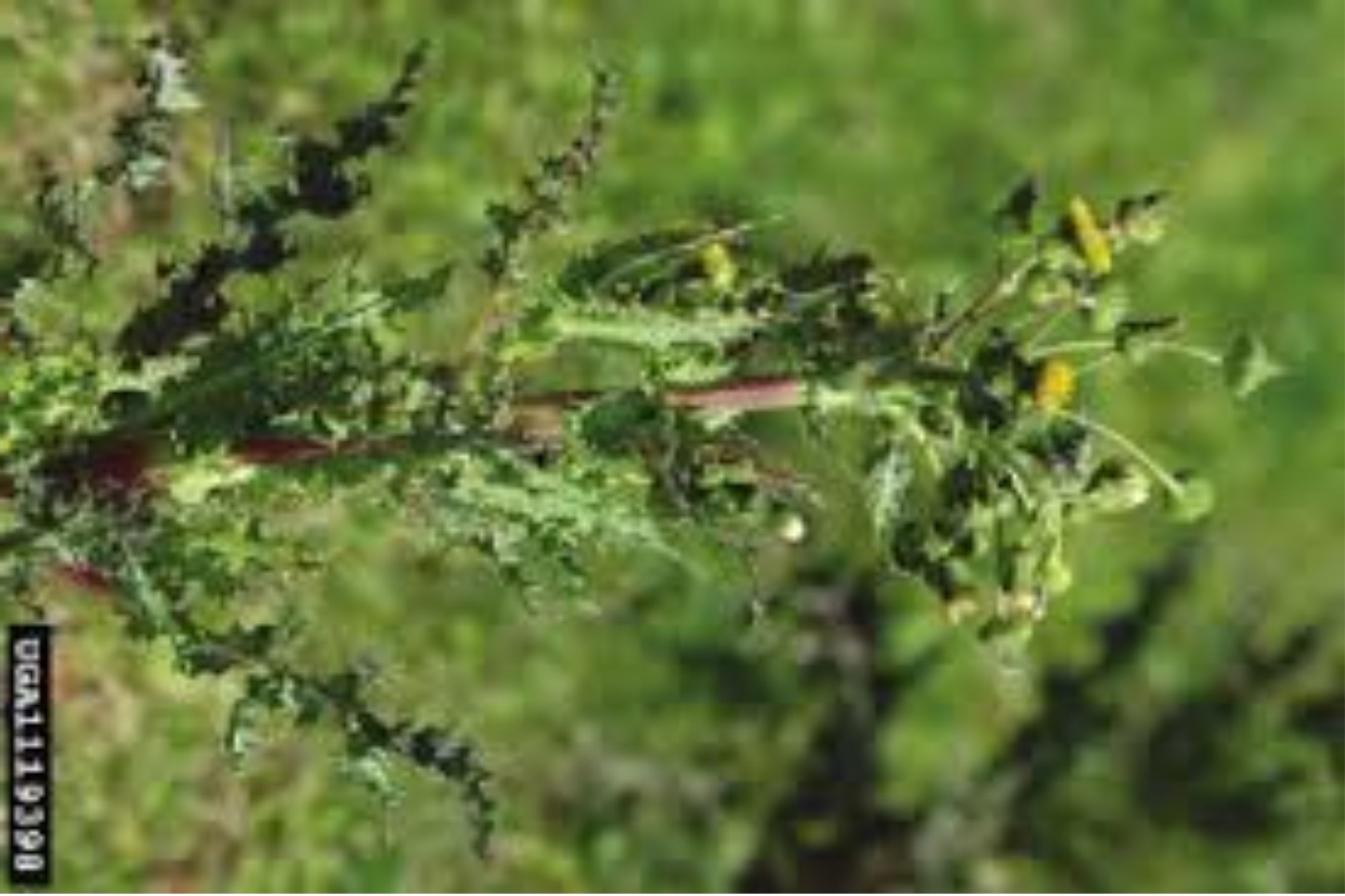
Also known as: Perennial Sowthistle, Prickly Sow Thistle, Sharp-fringed-Sowthistle, Sow-thistle, and Spiny-leaf Sow Thistle (Spanish: Chinita, Cerraja, Hoiidkam iwaki).
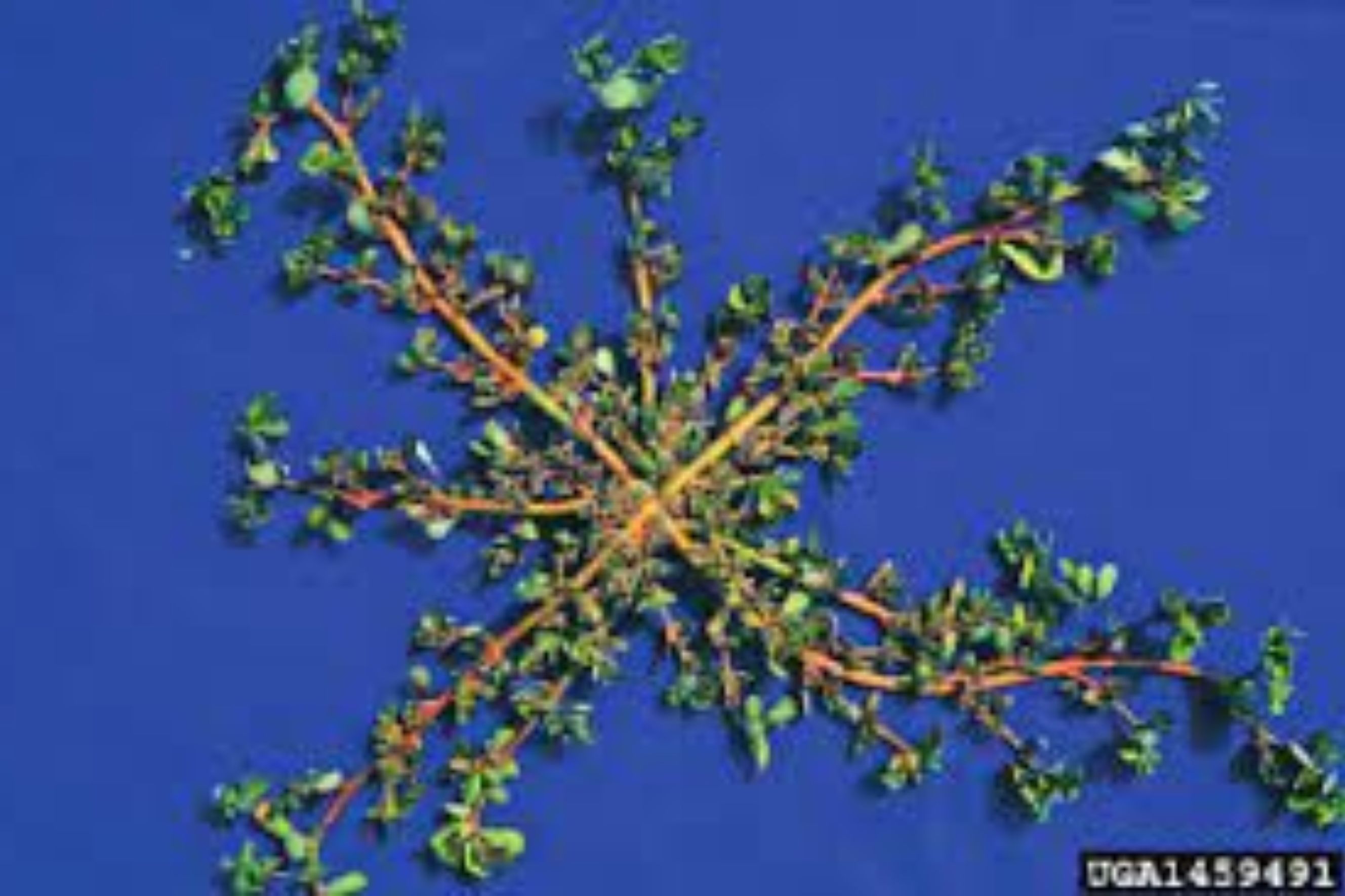
Fig. 8. Portulaca oleracea L.; Purslane
Also known as: Little hogweed, Akulikuli-kula, Common purslane, Duckweed, Garden purslane,
Little-hogweed, Purslane, Pursley, Pusley, and Wild portulaca.

Lambsquarter
Also known as: Common lambsquarter, White goosefoot, and Fat hen. Image courtesy of Lynn Sosnoskie, University of Georgia, Bugwood.
org. Image courtesy of Chris Evans, University of Illinois, Bugwood.org.
References and Further Reading
- Nischwitz, C. 2016. Utah Vegetable Production & Pest Management Guide. Utah State University Extension.
- Bertrand, P., Brown, S., Csinos, A., Diaz-Perez, J.C., Gitattis, R., Hickman, L.L., Johnson, A., LaHue, S., Martinez, N.,
McPherson, R., Mullis, S., Nischwitz, C., Reay-Jones, F., Riley,
D., Sherwood, J., Stevenson, K., Wells, L. 2009 Tospoviruses in
Solanaceae and Other Crops in the Coastal Plain of Georgia. College of Agricultural & Environmental Sciences. - Groves, R. L., Walgenbach, J. F., Moyer, J. W., and Kennedy, G. G. 2002. The role of weed hosts and tobacco thrips,
Frankliniella fusca, in the epidemiology of Tomato spotted
wilt virus. Plant Dis. 86:573-582.
Image Credits
Unless otherwise noted, photos by Claudia Nischwitz, Utah State University.
1 David Cappaert, Bugwood.org
2 J.P. Sanderson, Cornell University, Ithaca, New York
3 Edward Sikora, Auburn University, Bugwood.org
4 Clemson University.
5 Utah State University, Bugwood.org
6 Lynn Sosnoskie, University of Georgia, Bugwood.org
7 Ohio State Weed Lab, Ohio State University, Bugwood.org
8 Steve Dewey, Utah State University, Bugwood.org
9 Chris Evans, University of Illinois, Bugwood.org
Related Research


